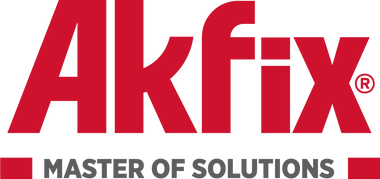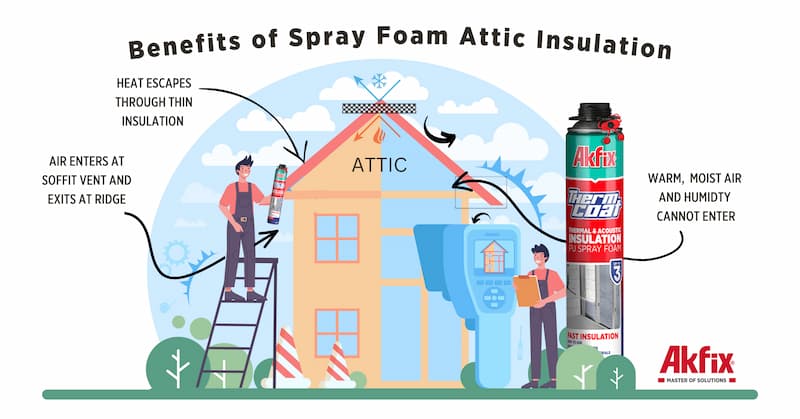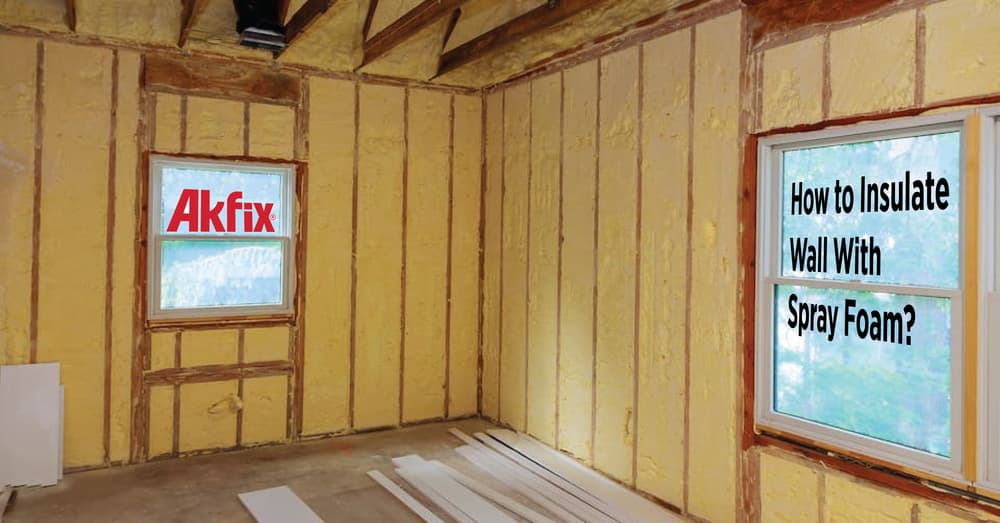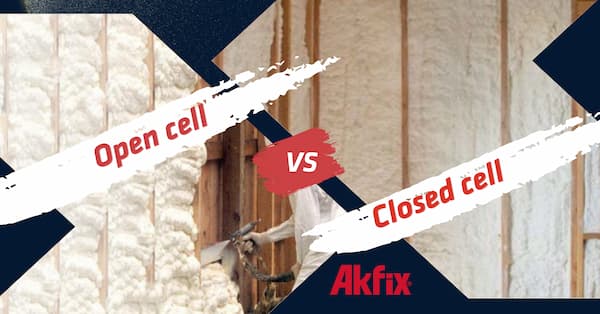Do you know air leaks cause about 40% of energy loss in a building? The HVAC system in a home takes up half of the energy consumption, according to an estimation by the US Department Of Energy.
High energy consumption can be reduced using Spray foam Insulation. As we move forward, we will discuss the benefits of spray foam insulation. Also, DIY procedures on insulating your home and the insulation cost.
Does My Home Need Attic Insulation?
The home is meant to be comfortable, so the attic needs a certain amount of insulation to maintain an optimal temperature. In the US, many houses are under-insulated. Attic insulation helps maintain a comfortable temperature and reduce energy consumption. Your home needs attic insulation when you experience any of the following problems:
- Drafty Rooms
- Hot or Cold Walls and ceiling
- High energy bills from the HVAC system
- The uneven temperature in the rooms
What Are The Benefits of Spray Foam Attic Insulation
The goal of insulation is to reduce heat transfer between the house and its surrounding. There are holes, gaps, and unsealed areas all around the house, and the use of spray foam in the attic improves energy efficiency in the house.
Other forms of insulation are employed to insulate the attic, but spray foam is air impermeable and the perfect choice to insulate the attic floor. Some of the benefits of applying spray foam to the attic of your home include:

Energy Saving
Heating, Ventilating, and Air Conditioning (HVAC) system amount to half of the energy consumption in the home. During different seasons like winter and summer, the HVAC system creates a balanced temperature in the home. Heat transfer from the surrounding environment causes the HVAC system to use up more energy to achieve a comfortable temperature in the home.
According to the Canadian Urethane Foam Contractors Association (CUFCA), adding insulation to your home can save up to 20% of energy consumption. Also, 35% of HVAC sizing can be reduced when using spray foam insulation.
The application of spray foam insulation causes thermal insulation, reducing heat loss and heat gain between the house and the environment. In essence, the HVAC system achieves a comfortable home temperature faster with less energy consumption. Spray foam attic insulation energy savings is an important advantage of insulating your home.
R-Value
R-value is the measure of the thermal resistance of insulating material. The thermal resistance of a material is the ability of that material to resist heat transfer through conduction. Therefore, the higher than R-value of the insulating material, the higher the resistance to heat transfer. Asides from spray foam insulation, there are other types of insulation, like wood insulation or fiberglass insulation.
Spray foam insulation has high R-values when compared to other insulation methods. Also, it is classified into open-cell spray foam insulation and closed-cell foam spray foam insulation.
Open-cell spray foam has an R-value of R3.6 to R3.7 per inch, while Closed-cell Spray has an R-value of R6 to R7 per inch. The choice of spray foam insulation to use for your home depends on the goal of insulation, location, and climate.
Noise Reduction
Another significant advantage of roof insulation is noise reduction. Open-cell spray foam insulation acts as a sound dampener because of its structure. It reduces the noise coming into the house from the environment.
Elimination of the Moisture
Moisture can easily find its way through the roof and crevices in the home without proper insulation. Spray foam insulation is the perfect choice to seal the holes and crevices in your home because it is impermeable to moisture.
Elimination of Thermal Bridges
Thermal bridging is simply the movement of heat across an object more conductive than its surrounding. Thermal bridging is another contributor to energy consumption as it allows unwanted heat transfer in and out of the building. Spray foam insulation is used as air sealant to eliminate thermal bridging by insulating the attic, walls, etc.
Over Paintable
Homeowners can decide to paint the spray foam to give the insulation a better look. Spray foam insulation can be painted with any paint of your choice as long as the foam is allowed to dry properly. It is advised to use water-based paint as oil-based paint can react with the spray foam and reduce the effectiveness of the spray.
Easy to Install
Installing spray foam insulation is easy with the right equipment and guidelines.
This video will guide you on how to install spray foam insulation successfully.
No Need For Mechanical Fixing After Application
Spray foam attic insulation does not require the use of fasteners or other mechanical fixers after application. The spray sticks to the attic after application.

Can I Do My Own Attic Insulation?
As opposed to what many believe, home insulation can be done by professionals and non-professionals.
Foam insulation is a DIY (Do-It-Yourself) process, and you can safely install it by diligently following the procedures in this video.
How Much Does Wall Insulation Cost With Spray Foam?
According to the national average, it costs about $2,300 to install spray foam insulation in your house. The cost of installing spray foam insulation cannot be compared to the benefits. Nevertheless, spray foam attic insulation cost is less expensive when installed without the services of professionals.
Calculating the cost of insulating a wall is easy, and it can be determined in a few steps:
- The first step is to determine the dimensions of the wall in terms of height and width. Then calculate the area of the wall by multiplying the height by the width. We assume we have a wall with a height and width of 10ft; this means the area of the wall is 10 x 10 = 100 ft
- The next step is to multiply the wall's area by the stud's depth. For example, 2 x 4 studs have a thickness of 3.5 inches. To get the number of board feet to be filled, multiplying the area of the wall by the depth of the stud gives 350
The cost of spray foam insulation also depends on the type of spray foam insulation. Open-cell spray foam insulation costs $0.44 ~ $0.65 to fill one board foot. Therefore it would cost $154 ~ $228.
Applying closed-cell spray foam insulation will cost more. It costs an average of $1 to $1.5. The wall highlighted above will cost $350 ~$525 to install.
Conclusion
The usefulness of spray foam attic insulation is as important as getting ventilation for your room. It saves energy consumption and, most importantly, makes your home very comfortable in any type of weather.
Furthermore, we can see how to install spray foam and how DIY saves costs than hiring professionals. Nevertheless, professionals will do a good job based on their expertise and experience.



